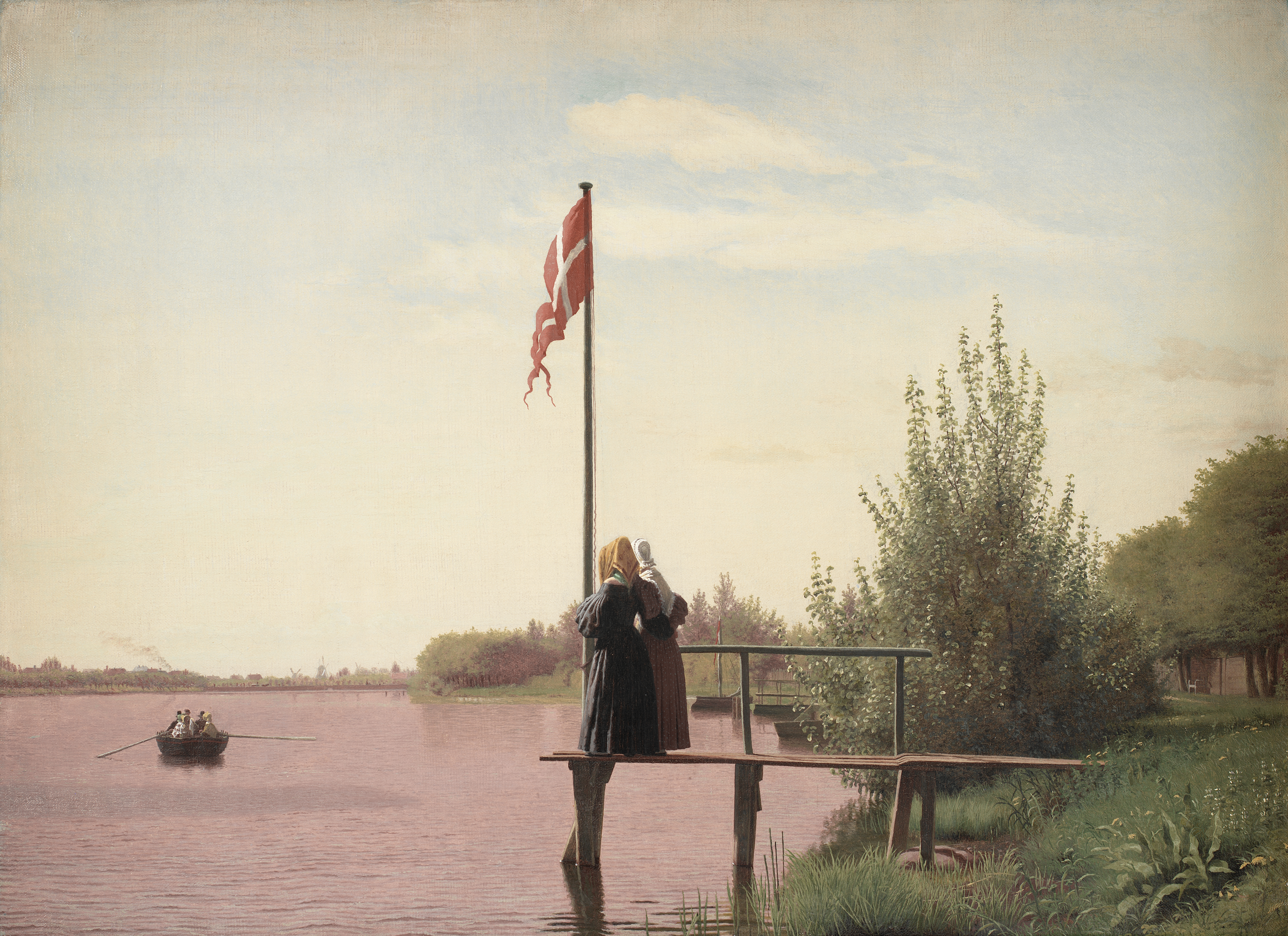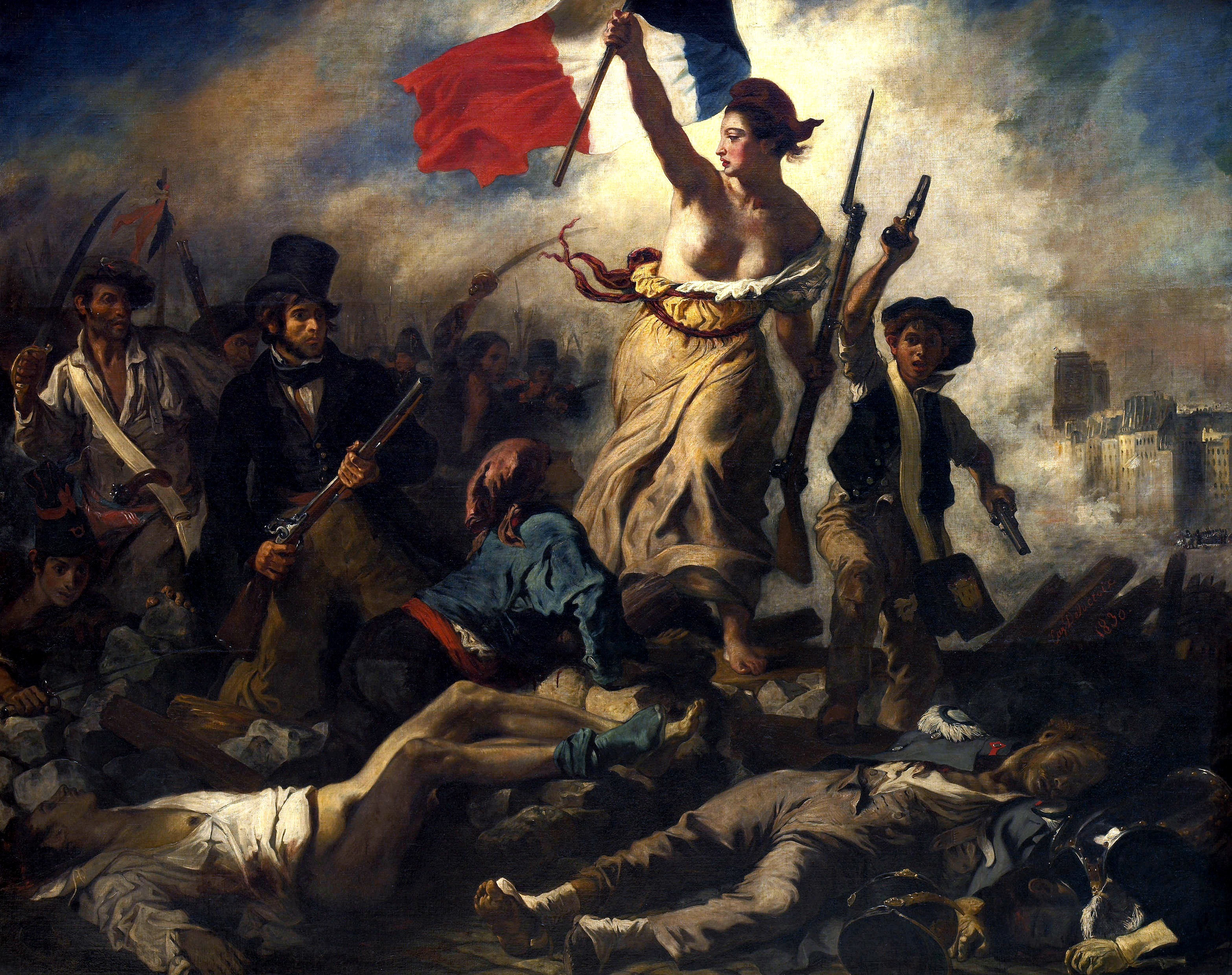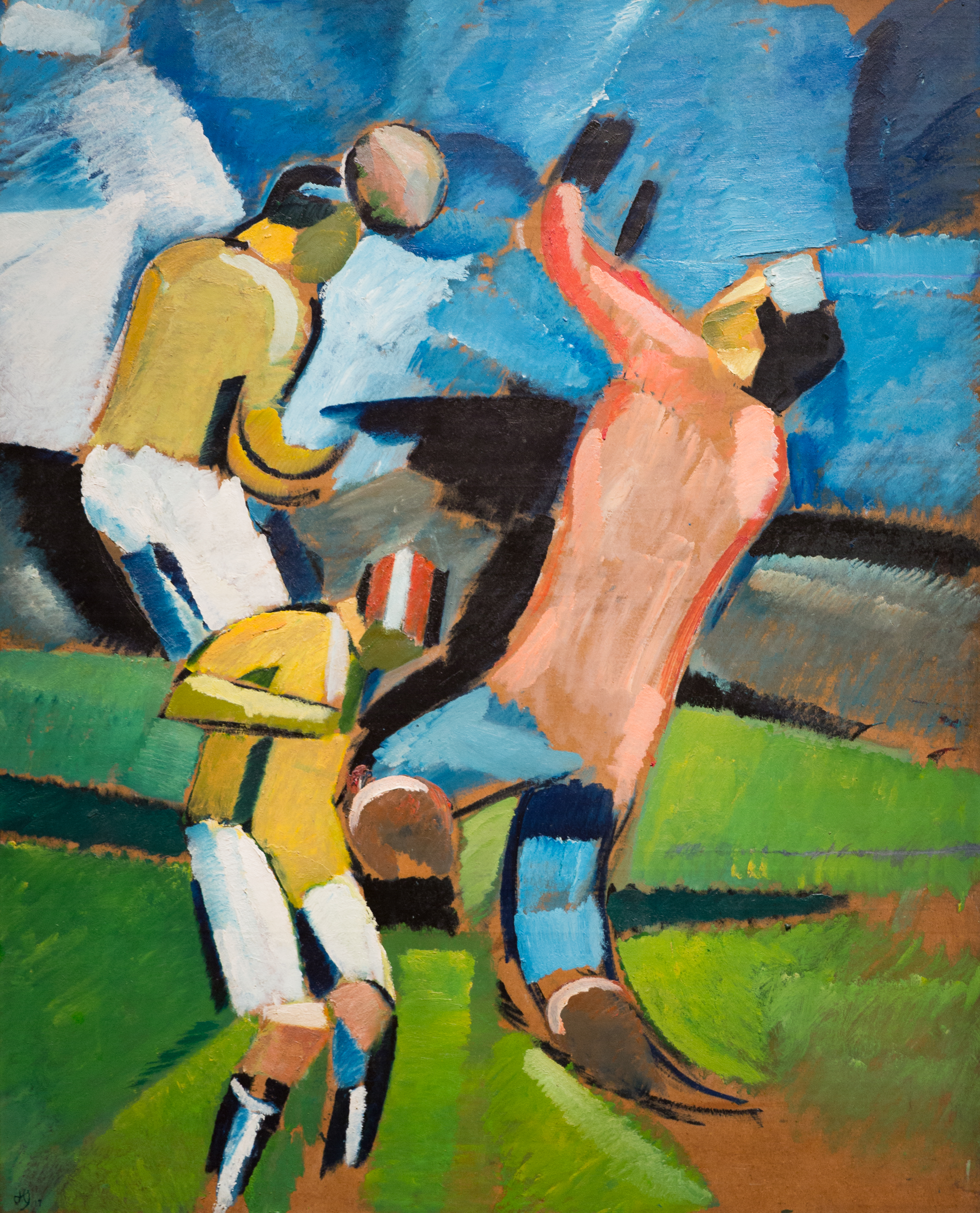|
Erik Hoppe
Erik Hoppe (1896–1968) was a Danish painter who is remembered for his paintings from the Copenhagen area, especially those with young ladies in the park at Valby. Hoppe also mastered the effects of light and colour. His earlier work is typified by greens and dull shades but later he produced compositions benefitting from bright sunlight. His style reflects the peculiarly Danish form of modernism, initially based on the sombre everyday-realism of around 1930. Affinities with the work of Edvard Weie and Harald Giersing can also be detected as his style developed to a lighter, less constrained approach. This tendency was soon to lead to the Grønningen movement which brought together painters of nature and everyday life. ... [...More Info...] [...Related Items...] OR: [Wikipedia] [Google] [Baidu] |
Art Of Denmark
Danish art is the visual arts produced in Denmark or by Danish artists. It goes back thousands of years with significant artifacts from the 2nd millennium BC, such as the Trundholm sun chariot. For many early periods, it is usually considered as part of the wider Nordic art of Scandinavia. Art from what is today Denmark forms part of the art of the Nordic Bronze Age, and then Norse and Viking art. Danish medieval painting is almost entirely known from church frescos such as those from the 16th-century artist known as the Elmelunde Master. The Reformation greatly disrupted Danish artistic traditions, and left the existing body of painters and sculptors without large markets. The requirements of the court and aristocracy were mainly for portraits, usually by imported artists, and it was not until the 18th century that large numbers of Danes were trained in contemporary styles. For an extended period of time thereafter art in Denmark either was imported from Germany and the N ... [...More Info...] [...Related Items...] OR: [Wikipedia] [Google] [Baidu] |
Copenhagen
Copenhagen ( or .; da, København ) is the capital and most populous city of Denmark, with a proper population of around 815.000 in the last quarter of 2022; and some 1.370,000 in the urban area; and the wider Copenhagen metropolitan area has 2,057,142 people. Copenhagen is on the islands of Zealand and Amager, separated from Malmö, Sweden, by the Øresund strait. The Øresund Bridge connects the two cities by rail and road. Originally a Vikings, Viking fishing village established in the 10th century in the vicinity of what is now Gammel Strand, Copenhagen became the capital of Denmark in the early 15th century. Beginning in the 17th century, it consolidated its position as a regional centre of power with its institutions, defences, and armed forces. During the Renaissance the city served as the de facto capital of the Kalmar Union, being the seat of monarchy, governing the majority of the present day Nordic countries, Nordic region in a personal union with Sweden and N ... [...More Info...] [...Related Items...] OR: [Wikipedia] [Google] [Baidu] |
Valby
Valby () is one of the 10 official districts of Copenhagen, Denmark. It is in the southwestern corner of Copenhagen Municipality, and has a mixture of different types of housing. This includes apartment blocks, terraced housing, areas with single-family houses and allotments, plus the remaining part of the old Valby village, around which the district has formed, intermingled with past and present industrial sites. Valby Hill marks the boundary between Valby and the more central and urban neighbouring Vesterbro district. The expression "west of Valby Hill" is in Danish often used as a metonym for "the provinces" or "outside Copenhagen". Separated from the rest of Copenhagen by Vestre Cemetery, Denmark's largest cemetery, towards Vesterbro/Kongens Enghave and Søndermarken- Frederiksberg Gardens towards Frederiksberg, the Carlsberg brewery site, and areas of low density, Valby retains a certain air of 'independence', or isolation, even today. With the progressing redevelopment ... [...More Info...] [...Related Items...] OR: [Wikipedia] [Google] [Baidu] |
Modernism
Modernism is both a philosophical and arts movement that arose from broad transformations in Western society during the late 19th and early 20th centuries. The movement reflected a desire for the creation of new forms of art, philosophy, and social organization which reflected the newly emerging industrial world, including features such as urbanization, architecture, new technologies, and war. Artists attempted to depart from traditional forms of art, which they considered outdated or obsolete. The poet Ezra Pound's 1934 injunction to "Make it New" was the touchstone of the movement's approach. Modernist innovations included abstract art, the stream-of-consciousness novel, montage cinema, atonal and twelve-tone music, divisionist painting and modern architecture. Modernism explicitly rejected the ideology of realism and made use of the works of the past by the employment of reprise, incorporation, rewriting, recapitulation, revision and parody. Modernism also rej ... [...More Info...] [...Related Items...] OR: [Wikipedia] [Google] [Baidu] |
Edvard Weie
Viggo Thorvald Edvard Weie (18 November 1879 - 9 April 1943) was a Danish Modernist painter. He was a recipient of Eckersberg Medal in 1925. He died during 1943 in Frederiksberg. Biography Weie was born in Copenhagen, Denmark. His father went away when Edvard was still very young and left his family in poverty. To help out, he would deliver newspapers every morning before school and later worked as a house painter. Despite the hardship, he was able to take art lessons. When he came of age, he went to Copenhagen to apply for admission to the Royal Danish Academy of Fine Arts, but was not accepted. Hanne AbildgaardArtist: Edvard WeieKunstindeks Danmark & Weilbach Kunstnerleksikon It was not until 1905, when he was already twenty-five years old, that he was able to enter the Kunstnernes Frie Studieskoler, operated by Kristian Zahrtmann (1843–1917). It was there that he was introduced to modern art. He became a favored student and accompanied Zahrtmann on a trip to Italy in 19 ... [...More Info...] [...Related Items...] OR: [Wikipedia] [Google] [Baidu] |
Harald Giersing Harald Giersing (24 April 1881 – 15 January 1927) was a Danish painter. He was instrumental in developing the classic modernism movement in Denmark around 19 |




